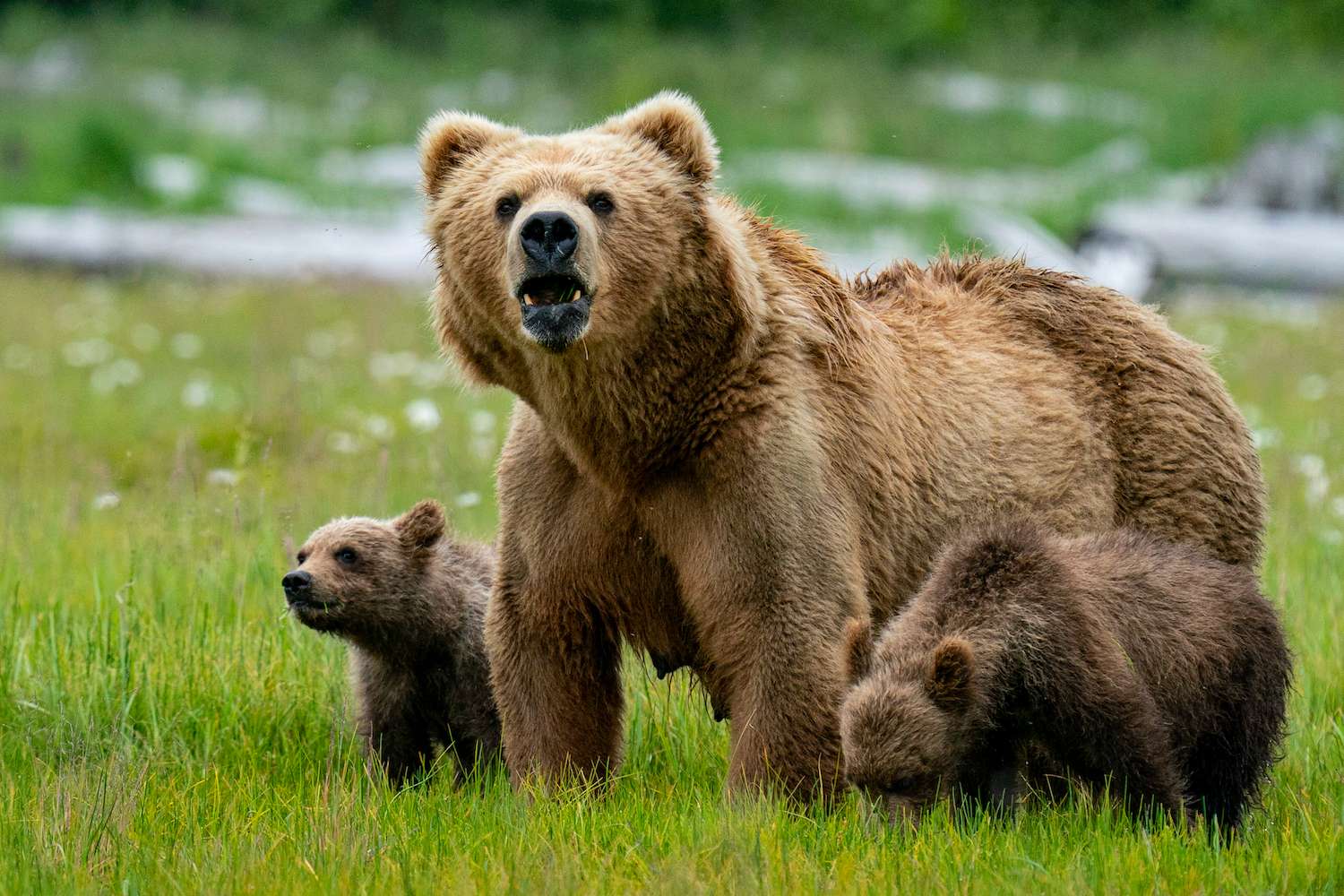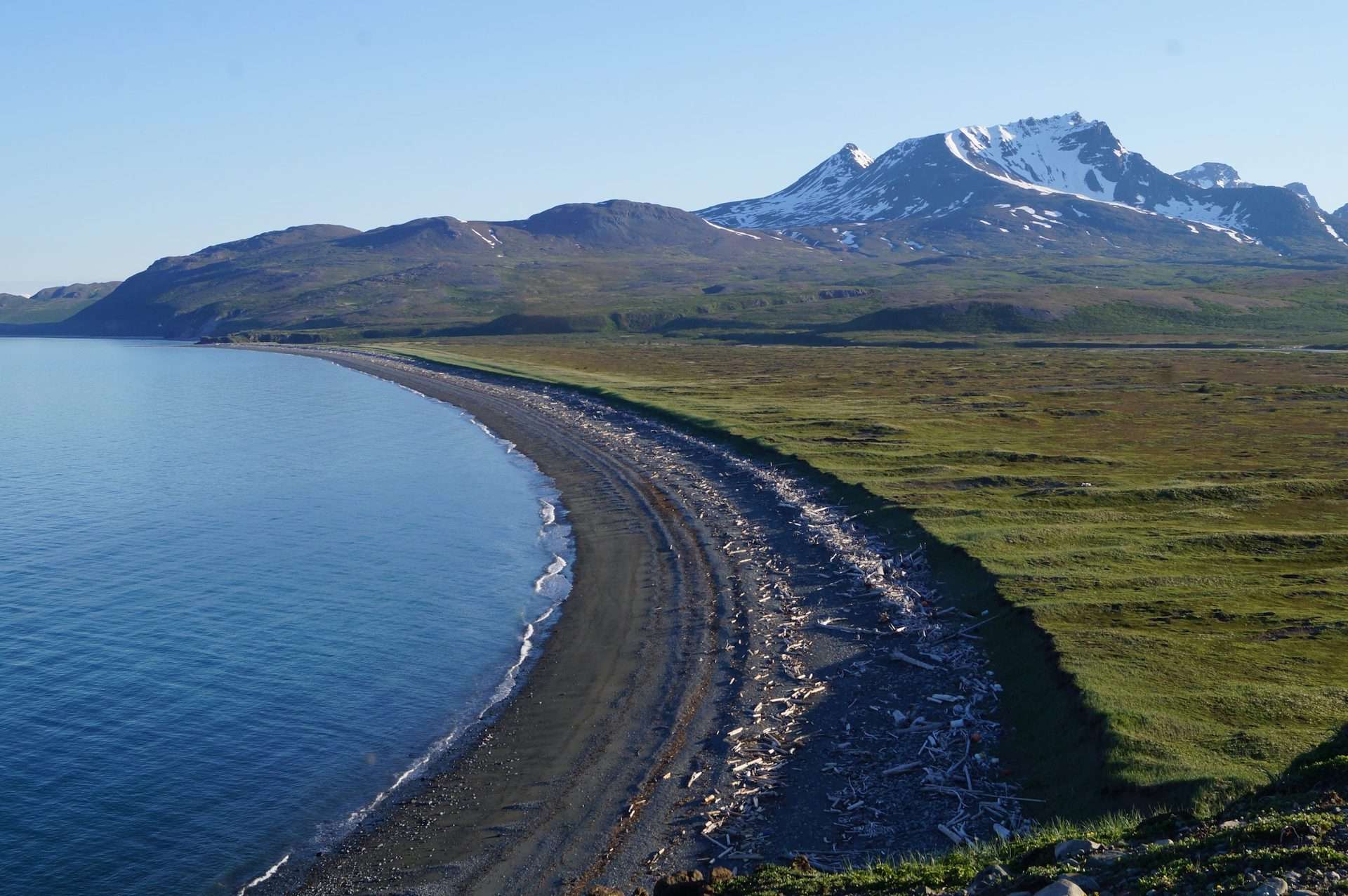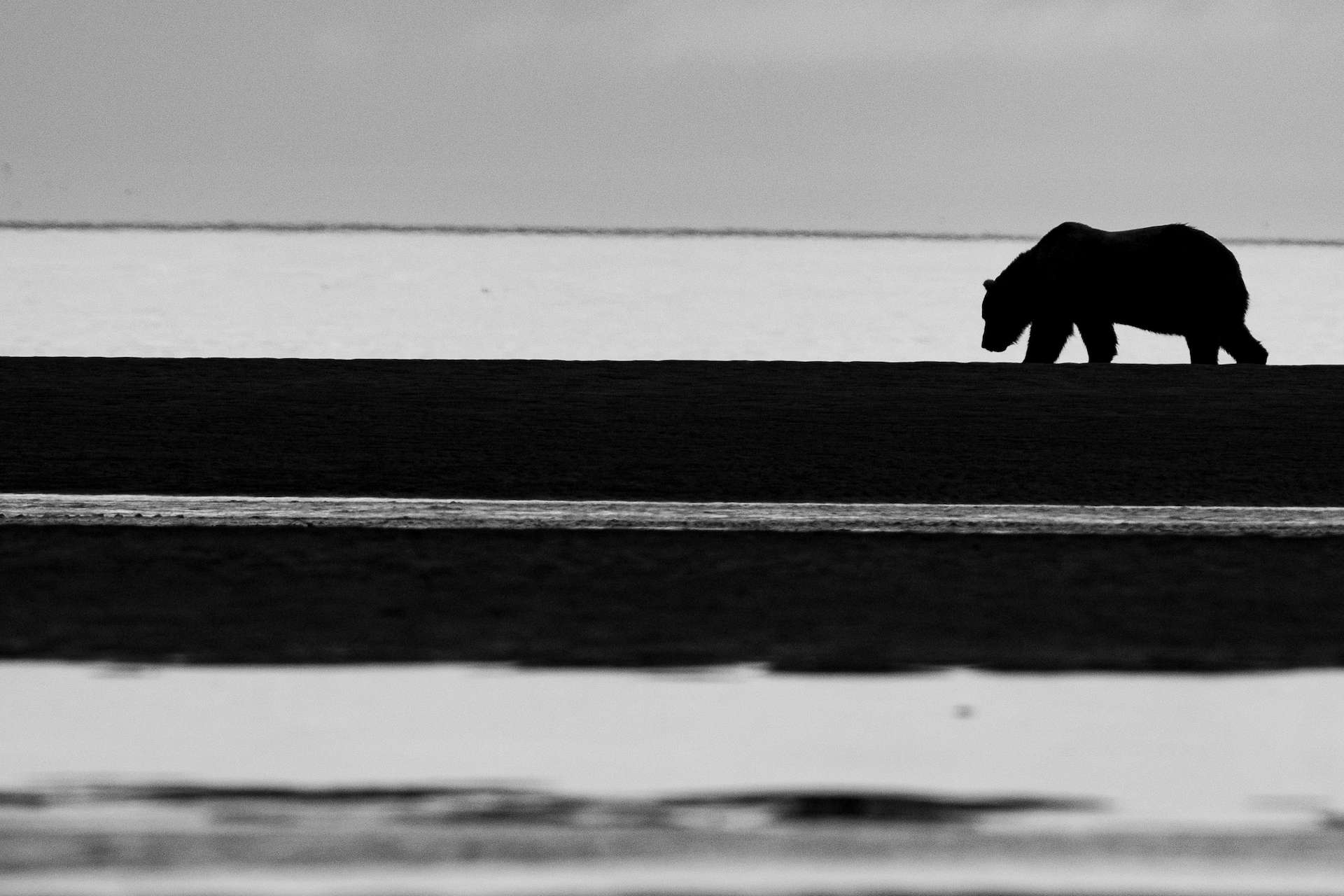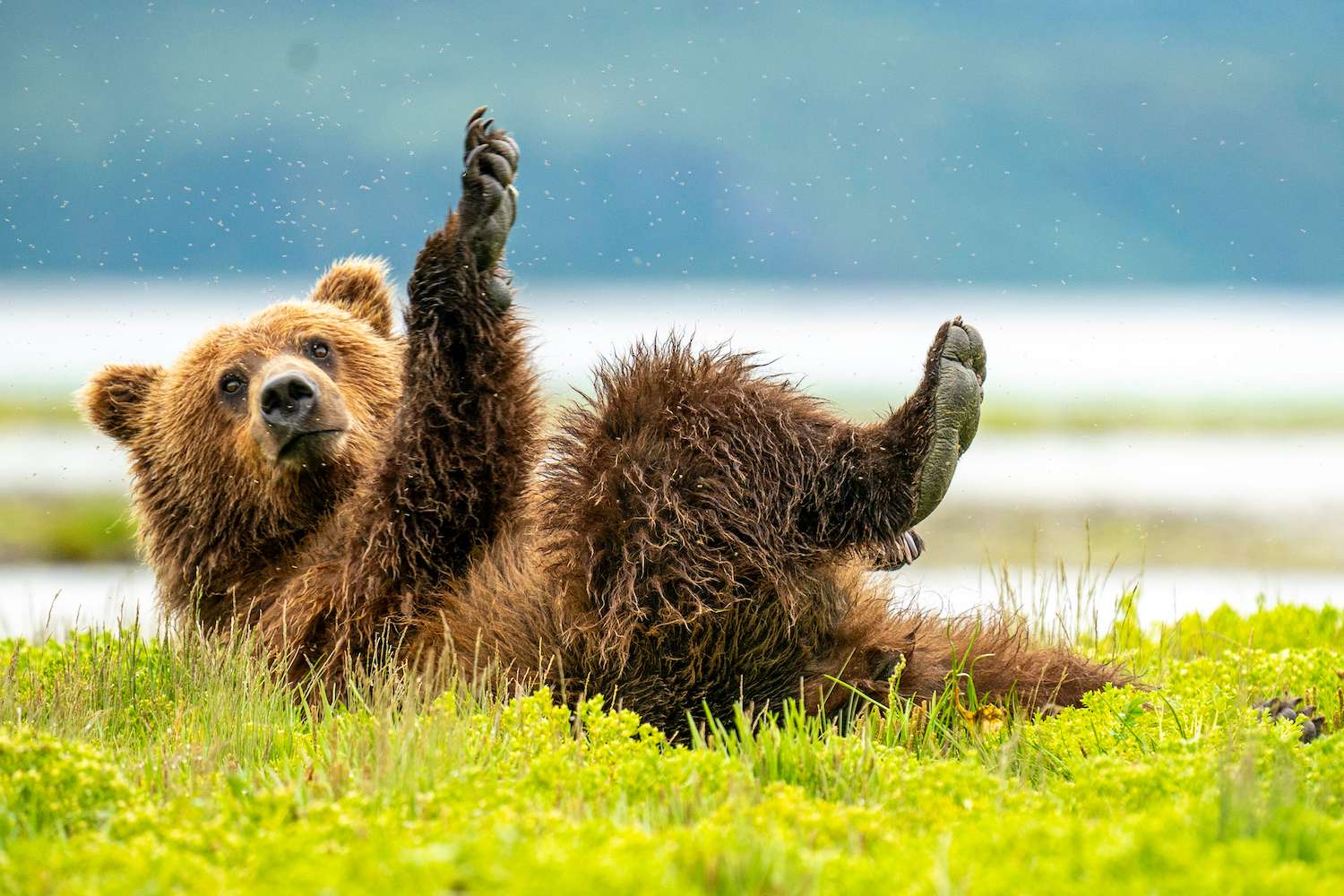Now is the critical moment to sign on and support Bristol Bay conservation…again
The final battle is intensifying in an epic three-decade struggle between an open-pit mine and Earth’s largest sockeye salmon run.
Pebble Mine is a proposed gold, copper and molybdenum mine, a massive industrial complex with a port, a power plant, roads, pipelines, dams, tailings ponds and a containment pit. It would be North America’s largest mine, squarely at the headwaters of the Bristol Bay watershed—an existential threat to the world’s biggest wild salmon fishery, traditional subsistence ways of life, grizzly bears, wolves and a thriving conservation tourism economy.
The Environmental Protection Agency is deciding whether to invoke its Clean Water Act 404c authority to protect these headwaters. And right now, the public has an opportunity to apply its pressure to what most Bristol Bay communities hope will be the final stake in their long effort to stop the Pebble Mine.

© Brad Josephs
Drew Hamilton is a longtime Homer, Alaska local and renowned bear guide. If you’ve met this bear whisperer, followed his photography, or read his passionate words about Bear Coast culture, wildlife and landscapes along the Alaska Peninsula, you already know he is a long-hauler devoted to fighting the mine. “Finally, we’re at the point where momentum and timing and things are on our side. I think we’re gonna get this deal sealed for real this time, like it’s gonna happen. For people who have been really fighting this, this is the culmination of potentially decades and decades of hard, hard work.”
The caveat: Activists hope the public will weigh in mightily and immediately on Bristol Bay conservation petitions.
Petitions? Really?
The EPA’s public comment period ends this September, and organizers say petitions are the most effective and efficient way to help the cause. Even if you’ve submitted comments at other junctures during this decades-long campaign, signatures on these final petitions are currently essential.
“Honestly, it’s a really easy ask: sign a petition,” says Liz Mering, the Homer-based advocacy director for Cook Inletkeeper, a leading grassroots organization in the fight to protect the Bristol Bay watershed. “It’s a petition that would support the EPAs decision to do a 404c veto, which is what they’ve they’re on track to do, and asking the EPA to make it as strong as possible so that this is truly a done fight having defended Bristol Bay and all of the animals and communities that rely on it.”
For anyone who suspects petitions are useless, Mering says that’s not the case at this juncture. Communities surrounding Bristol Bay have been living with uncertainty for so long. A petition signature is allowing you to voice your no without possibly slowing things down. “It just continues to tell the EPA how important this is for people and how much they do care about this area that’s remote in Alaska,” Mering says.
And she reminds folks that spreading the word is as helpful as writing new letters to the EPA: “Instead of taking the time to write more comments, talking to 10 friends, sharing on social media, doing outreach and helping to make sure that everybody that you know is connected amplifies your voice. It’s not just you, it’s you and 20 people that you know, plus anybody they talk to.”

Site of proposed Pebble Mine industrial port, Amakdedori Beach, Alaska © Nick Grossman/Natural Habitat Adventures
So what exactly are we asking the EPA to veto?
All five species of Pacific salmon—sockeye, Chinook, coho, chum, and pink—spawn and rear in the Bristol Bay watershed, supporting wildlife like brown bears, wolves, whales and eagles, as well as a multi-billion-dollar fishing industry and indigenous culture.
Still, you’re forgiven if you’re experiencing a Bristol Bay emergency déjà vu.
Since the initial 1988 deposit discovery, Pebble Mine proposals have wrought long, dramatic and recurring fights with multiple owners and development schemes, all of which have solicited individual public comment periods. The pace has been particularly fraught over the past five or six years, and the pandemic didn’t prove cause for a pause.
“I don’t think anybody could have foreseen the route that it took to get all the different parties that were involved. Like for me, the craziest day of the whole Pebble ordeal was the day that we had Donald Trump Jr. and Jane Fonda both tweet their opposition to the Pebble Mine on the same day. Like what planet are we on here?” says Hamilton, citing the strange bedfellows in this conservation fight.
The 404 provision of the Clean Water Act addresses permits for dredge and fill material from mining. A 404c veto for the Pebble Mine by the EPA would mean that the Bristol Bay watershed “is so valuable and important that doing that sort of dredging and disruption of those delicate and amazing waterways is just not worth it. It’s unacceptable,” explains Mering.
An EPA 404c veto would wholly deny the mine’s permit to dredge or fill under the Clean Water Act, providing a final stake in the project because they simply can’t mine without dredging and filling. After repeatedly reviewing the Pebble plan from multiple angles, including the mining, conservationist and indigenous standpoints, this would be the EPA finally saying “No.”
“What we’re hoping is that the EPA can do the strongest decision possible, but it also needs to be legally defensible. And so making sure it’s both strong and within all requirements to make sure that it never, gets overturned by any courts.” Mering says. There is precedent for the EPAs authority and these provisions being upheld in courts, but the sample size is small. There have been 13 vetoes like this in the past five decades.
Listening to the local tribes
June testimonies at the latest EPA Pebble hearings made it clear that local communities are ready to put the threat of a mine behind them.
“The EPA must protect our lands and waters for future generations. No version of Pebble belongs in Bristol Bay’s headwaters and EPA’s action needs to stop this toxic project once and for all and these protections must be finalized this year,” said United Tribes of Bristol Bay Executive Director Alannah Hurley.
Her comments, and those that followed, made it clear that Pebble remains a threat to their livelihoods.
“The people of Bristol Bay have been seeking these protections for more than two decades …We’ve been here before. Our voices have been heard,” testified Bristol Bay Native Association Natural Resources Director Gayla Hoseth. “Nothing has changed in ways of our subsistence way of life, our commercial fishing, and how we do things here in the Bristol Bay region. The only thing that is changing is that more salmon are returning to our rivers, and it makes it even more important that we protect our rivers.”

© Brad Josephs
Making a veto stick
The battle to stop Pebble has seen a proliferation of legal, administrative and environmental twists and turns over the years. Making sure the mine proposal truly doesn’t reincarnate has become a two-pronged approach.
First comes the EPA’s permit denial. Next, come local communities with a backup plan in the form of conservation easements that would further inhibit mining in the Bristol Bay watershed. After all, they’ve seen this mine rear its head in myriad manifestations over the years. If the veto happens, they intend to ironclad the deal with a wall of conservation.
On the north side of Iliamna Lake, one community has been steadfast in its opposition to Pebble Mine, and their 44,170-acre Pedro Bay Rivers conservation project would be the icing on the cake following a permit veto. A partnership between the Pedro Bay Corporation, the Bristol Bay Native Corporation, the Bristol Bay Heritage Land Trust and The Conservation Fund, the project puts a physical block on any future transport development in the mine corridor with three conservation easements on lands owned by the Pedro Bay Corporation. The easements would restrict development on the watersheds of the Pile River, Iliamna River and Knutson Creek.
“If we want to have bears in this world, we have to make a conscious decision to do that. It takes things like fighting off a mining project, or going into communities and teaching people how to manage trash or, looking at all the different places where very important conservation projects are going to improve both the lives of bears and humans,” says Hamilton, Nat Hab grizzly Expedition Leader. “I’m saying thank you, and let’s keep it up. We’re almost there. This is an unprecedented thing that’s happening. Thank you from the bottom of all the bears’ hearts.”

© Brad Josephs
